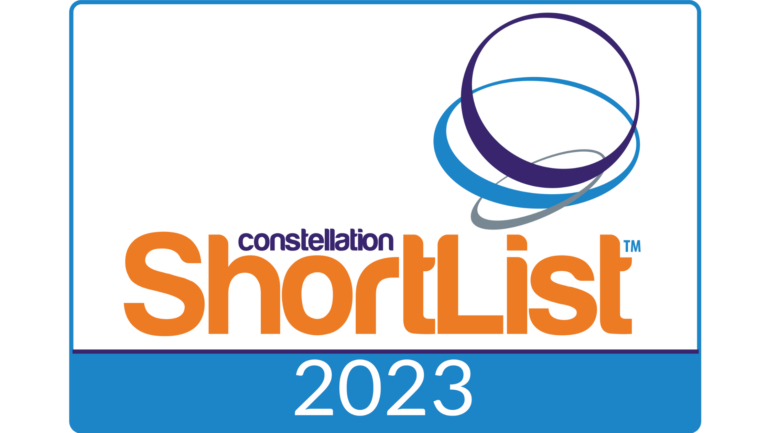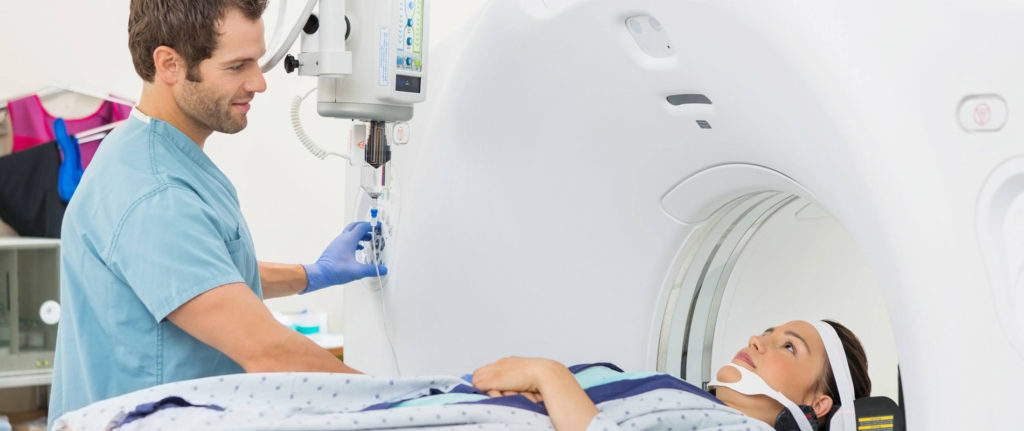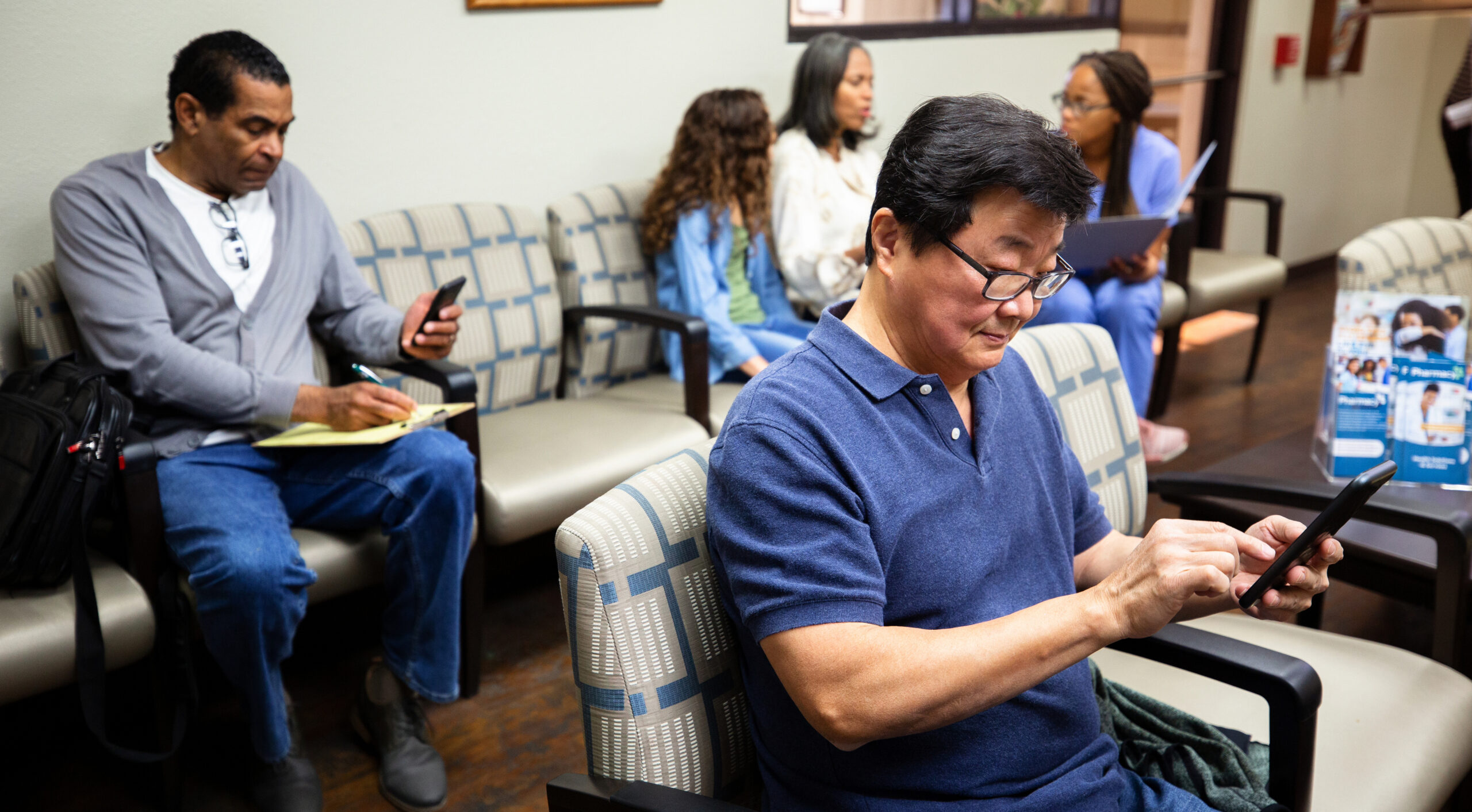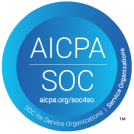When leaders look for opportunities to connect with staff and to identify and eliminate obstacles to staff performance, a staff rounding program can contribute to a very positive work environment. Furthermore, when a system implements technology to capture and understand staff perceptions, it will see that its dedication to staff is inextricably tied to the satisfaction of its patients. When staff satisfaction improves, patient satisfaction improves as well.
How to Successfully Implement a Senior Leadership Rounding Program
So, how does an organization connect with its staff? Through a senior leadership rounding program, of course! While patient and hospital rounding is typically a key part of hospital operations, staff rounding is a relatively new process. When it comes to senior leadership rounding on staff, there is an opportunity to convey positive cultural changes across the entire organization and showcasing a commitment to staff development and engagement.
That said, rolling out a senior leadership rounding program is difficult, especially when faced with busy schedules and limited resources. Despite barriers, an organization can still ensure success by addressing the five items below.
- PARTICIPATION – Establish which senior leadership will participate in your program. All senior hospital executives—CEO, COO, CNO, CMO, CFO, etc.—should participate, as well as senior leaders in HR, Finance, and IT. You may face resistance from senior leadership, so be prepared to communicate the value of this program and tie it back to your organization’s core values.
- LOCATION – Rounding should be conducted in all departments – this includes non-patient department areas as well as inpatient and outpatient locations.
- FREQUENCY – We know schedules are tight at a hospital, but senior leaders should aim to dedicate at least 30 minutes a week to leadership rounds. Current CipherRounds users can leverage CipherHealth’s weekly and monthly user-level activity reports to ensure accountability. Additionally, protected time via calendar invites may also be an effective strategy to maintain the right frequency of staff rounds.
- TECHNOLOGY – The use of technology transforms this effort from an informal, casual one to a formal, structured one. Determine which technology enables quick follow up, consistent information gathering, and robust reporting. What can be especially helpful is finding a technology that can enable quick resolution of issues and integrate with key systems such as your HRIS.
- STRUCTURE – Clear ownership and organization is critical to this program’s success. Establish guidelines and expectations prior to implementing the program, utilize one script to capture feedback in a consistent manner, and establish a protocol if follow-up is needed.
These are just a few of the items that will need to be discussed prior to implementing a senior leadership rounding program. When teams determine who will participate, where and how often rounds will be conducted, and what the structure will look like, they set themselves up for a sustainable program that drives staff satisfaction in the long term.
A Dedication to Staff is a Dedication to Patients
The implementation of a senior leadership rounding program is just one example of how leaders have enabled staff to perform their best at a hospital. Utilizing technology, organizations can implement a variety of staff rounding programs to measure, track, and improve staff satisfaction. In today’s environment, where the patient experience is so closely tied with that of the staff, commit to staff rounding programs that will drive the experiences of both.
To learn more about the clinically-proven outcomes hundreds hospitals and health systems have achieved in working with CipherHealth, contact us today.








